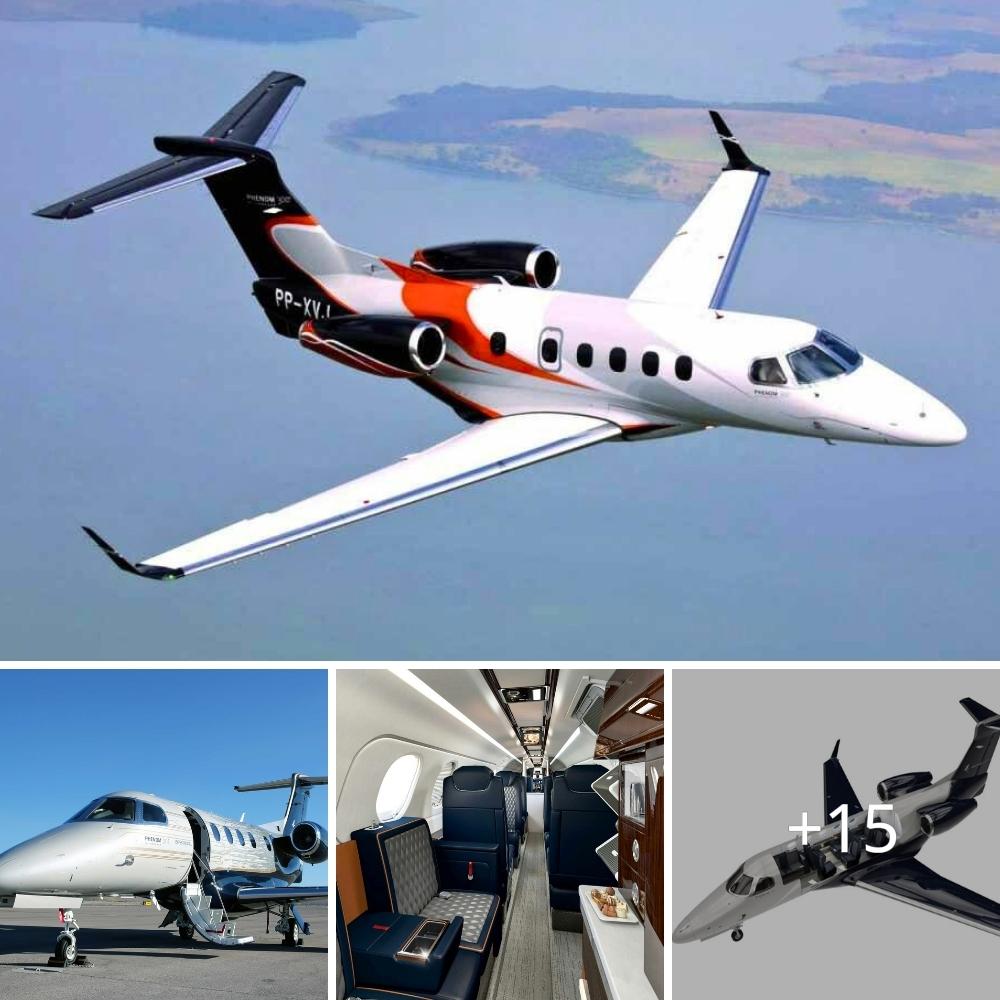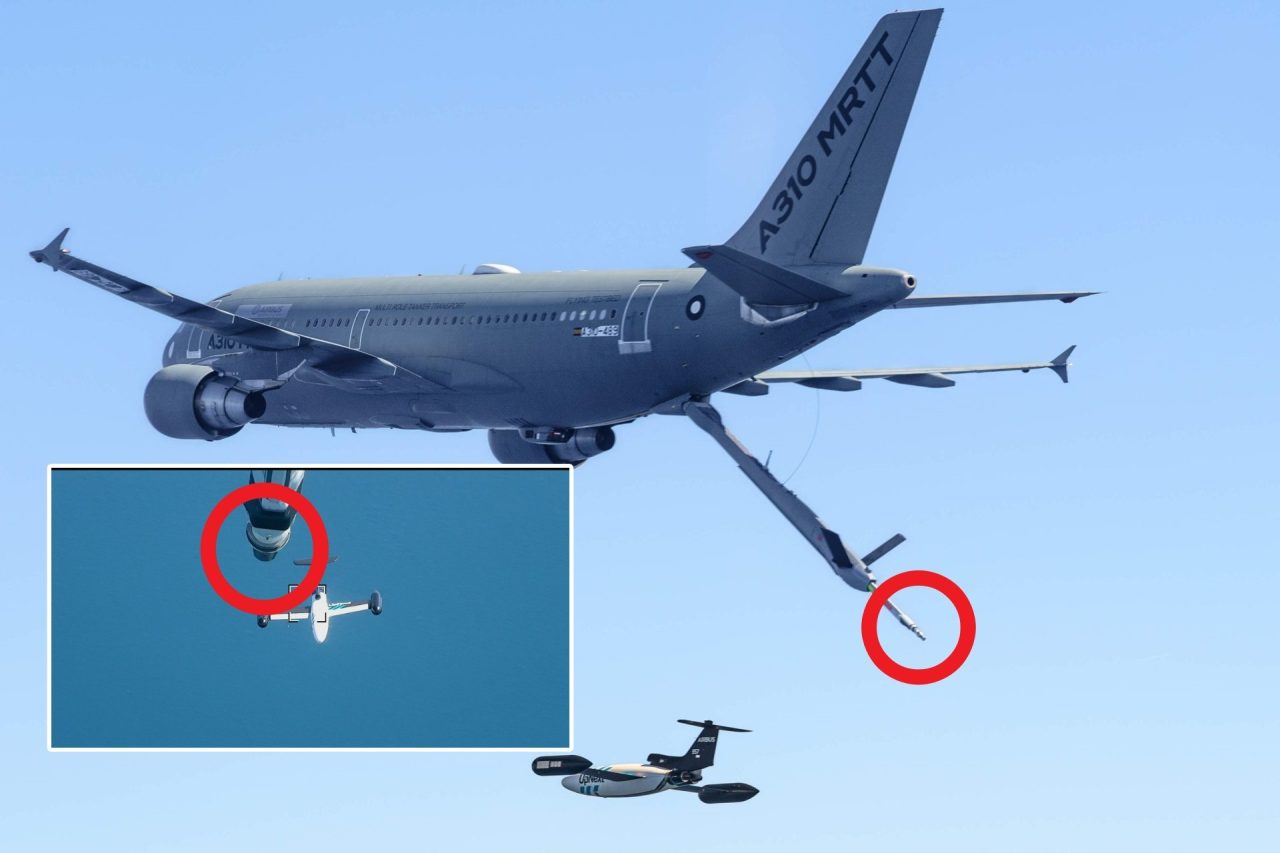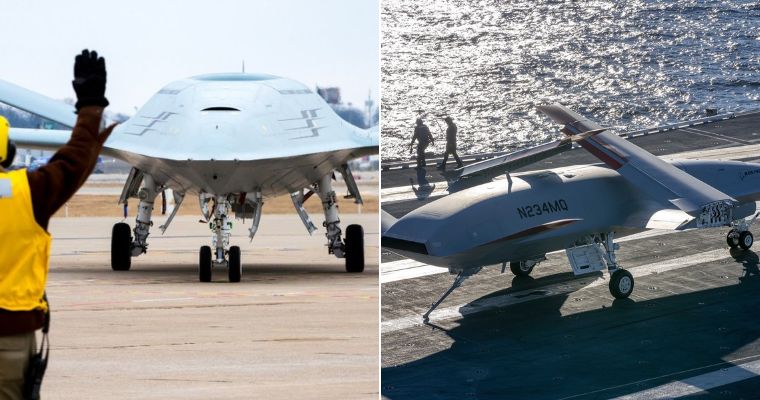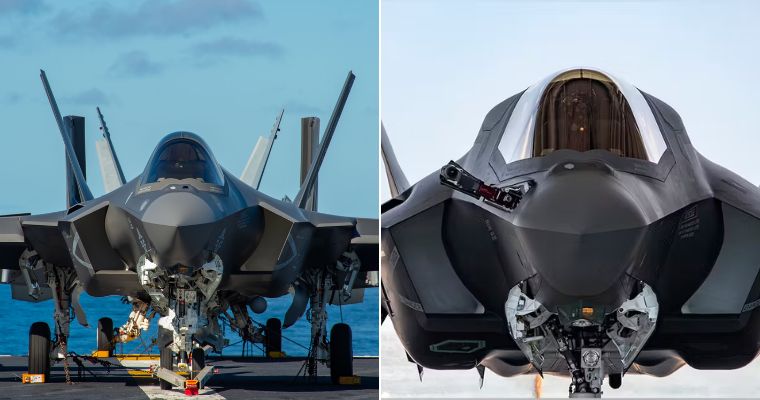A CV-22 Osprey flies over Fort Walton Beach, Fla., April 24, 2015. (U.S. Air Force photo by Senior Airman Christopher Callaway)
New budget documents for the three military branches that fly the V-22 Osprey tilt-rotor aircraft show that none has plans to buy any additional airframes, a sign that the Pentagon isn’t prioritizing growing the fleet.
While the Navy, Marine Corps and Air Force all say that they don’t need any new aircraft and that the end of the buy is simply the end of the contract for the services, the news comes at a time when the Osprey is under intense scrutiny over major issues with its gearbox that have caused at least 15 incidents over the life of the aircraft. Concerns over the Osprey led to groundings and now threaten to cost millions in repairs and maintenance.
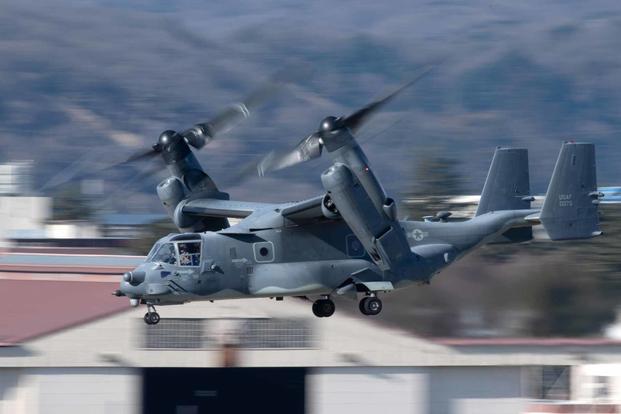
The office that oversees the Osprey program confirmed to Military.com that there are no plans for new purchases, saying that the office “will complete the MV-22 and CMV-22 programs of record, with deliveries through 2025.”
Liz Mildenstein, a spokeswoman for the office, went on to add in an email Friday that the military expects the Ospreys to continue to serve “through the 2050s” and the program office will continue to support the aircraft “for decades to come.”
Additionally, Ann Stefanek, a spokeswoman for the Department of the Air Force, told Military.com the last purchase was congressionally mandated in fiscal 2021 and that there are no plans to purchase more.
“We aren’t buying more CV-22s because we are at our program of record (54 aircraft) and are meeting requirements,” Stefanek told Military.com.
The latest budget documents, released in March by the Navy, say that the military services ultimately want 464 aircraft — 360 for the Marines, 48 for the Navy, and 56 for Special Operations Command and the Air Force.
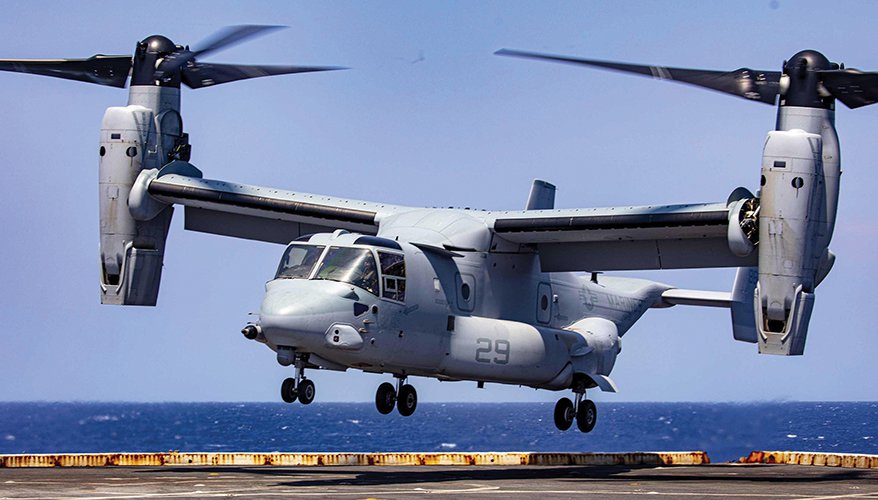
Plans to fly the aircraft for another few decades mean that the services will have to solve the “hard clutch engagement” problem — a situation where a failure by the aircraft’s complicated system of gearboxes and clutches to balance the power produced by its twin engines causes dramatic and dangerous issues. Thus far, military officials have indicated the problem seems to be tied to flight hours and wear and tear.
The issue has impacted Marine Corps and Air Force aircraft. The two services officially started flying the Osprey in 2007 and 2009, respectively. The Navy got its first operational aircraft more recently, in 2021, according to fact sheets from all the services.
In February, a defense official, who spoke with reporters on the condition of anonymity, revealed that the military now suspects the “input quill assembly” — a part that connects the aircraft engines to its gearbox — wears out more quickly than previously thought, and the current solution is replacing the part while a complete redesign is underway.
More worryingly, the same official noted that this fix came after “a progressive increase in hard clutch engagement events.”
The military has not gone into how much money the repairs or new fixes to the gearbox would cost, but Military.com reported on a 2017 incident involving an Air Force Osprey when the failure occurred mid-flight over Arizona and the aircraft had to make an emergency landing in Flagstaff on one engine.
That incident, which damaged both engines and five gearboxes, as well as nearly a dozen other components, took a team of six, working 12-hour days, 45 days to repair the aircraft and cost more than $5 million, according to an incident report reviewed by Military.com.
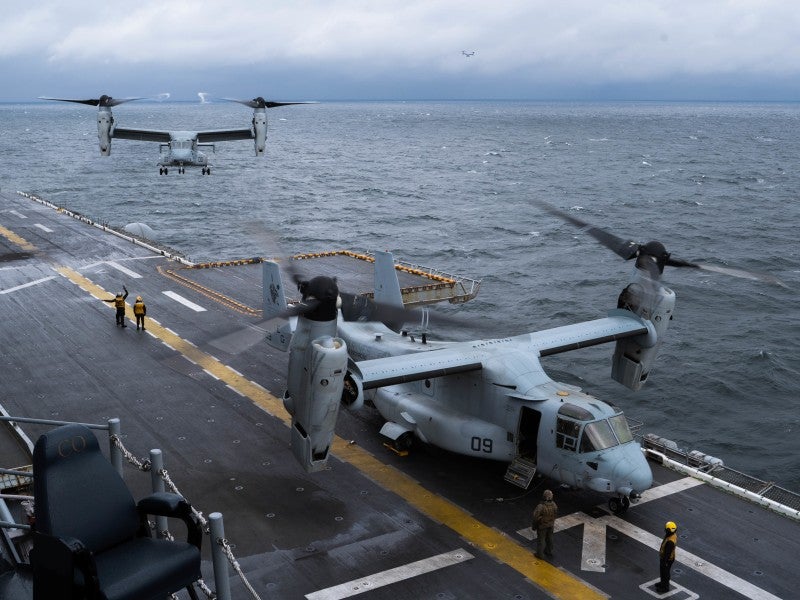
To date, no crashes or fatalities have been attributed to the problem, although the cause of a deadly crash that claimed the lives of five Marines in June near Glamis, California, is still under investigation.
Last August, the V-22 Joint Program Office announced more than 24 different initiatives the services were undertaking to remedy and identify the hard clutch engagement issues. Those efforts included data mining, laboratory testing and hardware redesign, according to a Department of Defense spokesperson.
Earlier this month, the Pentagon also announced it had awarded Bell-Boeing a $53.6 million contract to come up with a gearbox vibration monitoring safety system that would help in “providing earlier detection of degrading gearbox components to allow proactive maintenance and potential mitigation of drive system failure modes across all V-22 Osprey variants.”
A spokesman for Bell did not return a request for comment on the future of the V-22 program in time for publication.
Despite the safety concerns a clutch issues can cause, Navy and Special Operations Command officials said they’re still confident in the aircraft.
“USSOCOM is supporting and closely monitoring the V-22 Joint Program Office efforts as they work to mitigate and develop a solution for the Hard Clutch Engagement problem,” Lt. Cassandra Thompson, a spokeswoman with Special Operations Command, told Military.com. “We are confident that the risk mitigation controls and aircrew training programs will continue to keep our crews safe”
Meanwhile, the Navy’s budget boss, Rear Adm. John Gumbleton, told reporters earlier this month that “there’s no connection” between the end of the contract buy and the gearbox issues.
Jeremiah Gertler, a senior associate with the Center for Strategic and International Studies think tank in Washington, D.C., who specializes in aviation, told Military.com in an interview Friday that he believes the lack of new purchases for the V-22 program in the near future is not tied to the safety issue but is a case where the military likely believes it has all the aircraft it wants and needs.
“Congress tends to keep programs going longer than the department necessarily asks for,” Gertler said.
And while there are plans to maintain the fleet of V-22s through the 2050s, Gertler said the services are eyeing what developments in future technology might be around the corner.
“They’re not prioritizing V-22,” Gertler said. “The Army is the leader on developing new rotorcraft, and they’ve got this whole program of Future Vertical Lift. The Navy and Marine Corps are basically saying, ‘We’ve got enough of today’s technology, and we know how to keep it running long enough that we’ll see what the Army comes up with [and] what Future Vertical Lift technologies might offer us in the future to replace these.'”
The Air Force’s fleet of CV-22s is primarily used for special operations missions and covers very different needs than the modern fighter jets and bombers the service is looking to bring on amid rising tensions with China.
While the Department of the Air Force said it is not searching for a replacement, Special Operations Command told Military.com in an emailed statement it is not planning on buying any more variants of the Osprey through 2028, but it’s open to bringing on new technology.
Source: military.com
